We must demand an ecological retrofitting of our urban environments to live together more efficiently, giving credence to community, allowing space for the open wild in us and them. This is what we call re-designing the wild into our cities, a sort of planned Geo-Fauvism.
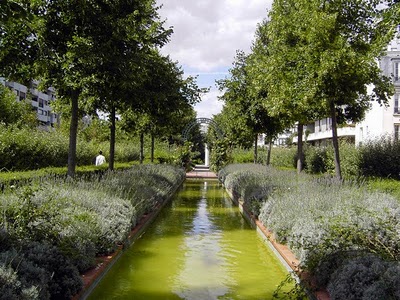

Human Population Expands, Living Conditions Worsen, Resources Constrained, Species Disappear
The world’s population continues to grow, the many too many forced to migrate from farms and small towns to metropolitan areas to look for work at the rate of about a million a week. As the masses huddle, reproducing and spreading farther into the wild untrammeled food-producing hinterlands, resources get exploited, air and water polluted, climate-confused and biodiversity suffers as species continue to disappear in droves at the hand of humans. What can we do as democratically-active citizens, sustainability architects, city planners, business-people, landscape designers, environmental justice advocates, permaculturists, and hence, urbanists, to reduce our impact and inter-relate our urban ecology into the fabric of the green and blue forever?
Anthropocene Earth: Dubai and The Age of Man
National Geographic wrote about this conundrum as the Anthropocene, the Age of Man. The Arabian desert of Dubai proves the most recent example of unsustainable human hubris, boasting the world’s tallest building (2,625-foot Burj Khalifa), giant malls, and two million residents. This human-mirage depends upon desalinated seawater and air conditioning — and thus on cheap energy — that will not, and should not, hold. 300 Islands of sand and rock have been dredged into the sea, snow covered mountains erupted through human hands from the endless desert plain. Though constructed with “sustainable” and “green” design principles and “reduced” carbon emissions, Dubai’s vacancy rates spiral and bankrupt developers abound.
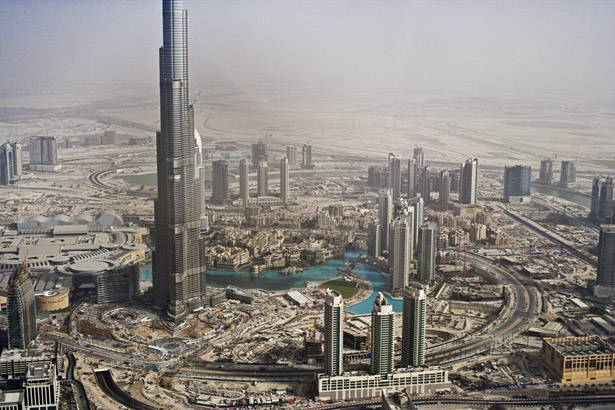

Hence, it is not enough to drive one’s electric-gas hybrid vehicle alone to work along the clogged freeways of station-wagon-humanity. We must reconsider our resource-consumer-economy at the personal- and societal-levels. We have to enforce clean water and clean air laws by federal, state and local agencies and speak out to our politicians, show up for meetings, send emails, vote for responsible candidates. As well, we must enact significant carbon-reduction and sustainability-based legislation.
We must view the fragility of the planet, the disaster of our resource addiction, the warming of the earth’s atmosphere as an immune response to our daily environmental mis-stepping, a call for a re-conceptualization of our cities. It is time to demand a retrofitting of our urban environments to live together more efficiently, giving credence to community, allowing space for the open wild in us and them. We must think big and act small, or is it to act big and think small. Both. Together. Now.
Ecological Urbanism is ostensibly a project of the Harvard Graduate School of Design in 2009 (a publication edited by Mohsen Mostafavi with Gareth Doherty). Beyond that, however, emerges a multi-disciplinary set of integrated approaches (systems-based, politically voiced) advocated now for decades with increasing volume. They call for a speculative design approach based on interrelationships between organisms, including humans, and their greater earthwise whole (including their discontents, i.e. wasted toxic brownfields, clear-cut slopes and cement-culverted streams, as well as acidified oil-diluted oceans and their plowed-over wetlands).
Post-Industrial Green Reuse-Transformation: La Promenade Plantée of Paris
We must learn to experience our cities from many different perspectives, by foot, car, train, bicycle, surrounded by the diversity of life, human and otherwise. Thus we must retrofit the urban ecology as green and walkable-bikeable beyond automobile boulevards and limited-access freeways, encourage collective participation in each other’s lives. Approaches include the 1980-90s-era extensive greenbelt recycling-transformation of Paris’s abandoned part-elevated, industrial-remnant Vincennes railway line into the Promenade Plantée.
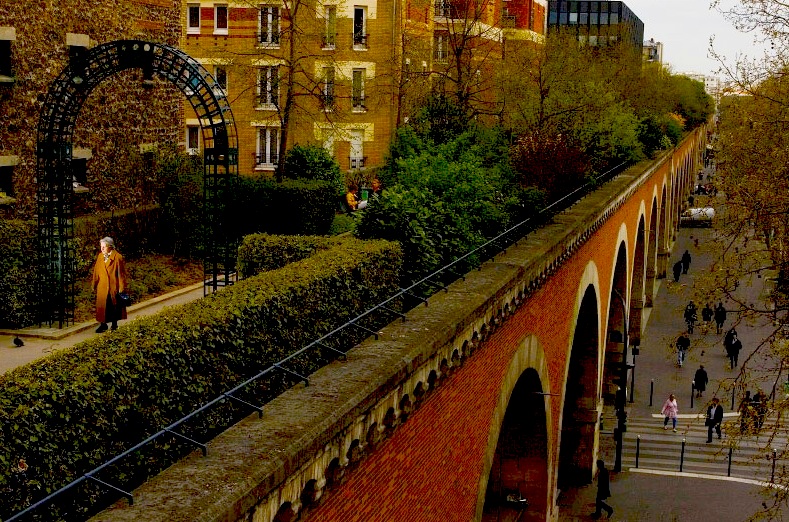

Designed by Jacques Vergely (landscape architect) and Philippe Mathieux (architect), it winds through the 12th Arrondissement almost three miles past the L’Opéra Bastille, creating the Viaduc des Artes, arts and craft shops built into the arches of the railway. The creation (also known as Coulée Verte, literally, “green stream”) guides pedestrians through undulating urbanized topographies, passing gardens, boutiques and boulevards, coming close to the Bois Vincennes.
Other prominent examples of railroad-reclamations as greening-urban-adaptation are New York City’s pedestrian-re-imagined High Line and proposed Low Line (link). The High Line’s success has inspired similar re-inventions in Philadelphia (The Reading Viaduct), Chicago (The Bloomingdale Trail), St. Louis (The Trestle), and Jersey City (The Embankment). Witold Rybczynski, author of Makeshift Metropolis and professor of urbanism at the University of Pennsylvania, recently argued in The New York Times that great elevated parks require a “combination of history and density” unique to places like New York and Paris, and could be failures elsewhere. What they most require is vision and the will to spend significant funding (New York’s High Line cost $153 million) to pull it off, plus an urban framework common to larger cities in the US. And community vision must augment the vision for political decisionmakers. Without an active movement, these sorts of re-imaginations are impossible.
Rem Koolhaas: Advancement Versus Apocalypse
Another industrial reuse example is the 572-acre Canadian Forces Air Base in Toronto re-imagined in the 1999 Parc Downsview Park competition. Bruce Mau Design, Rem Koolhaas, Oleson Worland, and Petra Blaisse submitted the winning design scheme, known as TREE CITY, where trees rather than buildings would serve to catalyze low-density metropolitan life. Koolhaas furthermore, in an essay in Ecological Urbanism, declared an end to an era that he helped create, calling not for more buildings but particularly for political engagement and engineering solutions.
His TREE CITY purported to create a special personality for the surrounding community, beginning with soil preparation, pathmaking and planting in the first phase of development. The physical development of the lands would change over time with the growth of old vegetation and with the increase of new plantings over a fifteen-year period. TREE CITY advocated eventually covering the site with approximately 25% forest, in addition to meadows, playing fields and gardens.
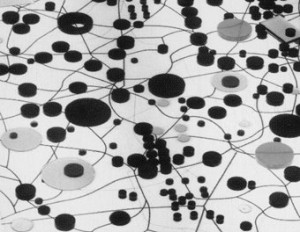
By continuing its landscape clusters and extensive pedestrian pathways into adjacent areas, TREE CITY can link up with creeks, river systems and ravines, integrating Downsview into the system of wooded river valleys, parks and public paths currently existing in Toronto’s urban domain.
Unfortunately, institutional frictions, short-sighted commercialism, and not-necessarily-visionary practitioners have fractured this comprehensive vision, calling for significant redesign and lowered expectations. In a world run by often-outdated bureaucratic structures and motivated by private investment vehicles, the ability to re-conceptualize any multi-faceted urban landscape is a daunting task. Not impossible, however.
An Intellectual and Political Greenification
Ecological Urbanism demands a social and spatial democracy, which integrates an agnostic pluralism to the landscape, where communities of life, ethnic and species, are given opportunities to breathe, walk, run, congregate, move, prosper, and hide. The global dominance of capitalism must be tempered with this ethic of integration. Hence, the political forum becomes a most necessary point of participation, whether into the environmental and governmental process, or form the outside through civil disobedience and demonstration. The OCCUPY movement is emblematic of the case where the demand for a collective human ecology is often falling victim to the intent of capitalism, so must be taken back through showing up, speaking out, and if necessary, acting out.



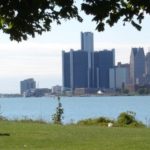
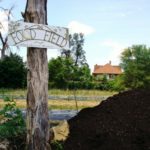
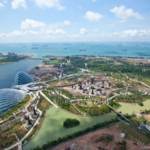
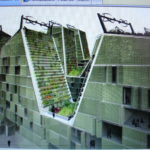






Pingback: Ecological Urbanism in Singapore - Supertrees By The Bay | WilderUtopia.com
Pingback: Manhattan's Lower East Side: Subway Reclamation for Park | WilderUtopia.com
Pingback: BioMilano: Italian Eco-Vision Grows 26-Storey Vertical Forest | WilderUtopia.com
Pingback: Arcosanti: Paolo Soleri's Visionary Eco-City Protoype | WilderUtopia.com
Pingback: Agricultural Urbanism: Designing Cities as Edible Ecosystems | WilderUtopia.com
Pingback: Earth Sheltered Homes: Energy-Efficient, Living With the Land | WilderUtopia.com
Pingback: Balancing Evironmental Justice with Gentrification | WilderUtopia.com
Pingback: Unsustainability of Starchitect Spectacle | WilderUtopia.com
Pingback: Convivial Degrowth: An Ecologic Reckoning for an Ailing Planet | WilderUtopia.com
Pingback: A Marked Beast: Trump’s Son-In-Law’s 666 Fifth Avenue | WilderUtopia.com
Pingback: Generation Anthropocene: Altered Planet, Wild Literature | WilderUtopia.com
Pingback: Buckminster Fuller's World of Sustainable Design | WilderUtopia.com